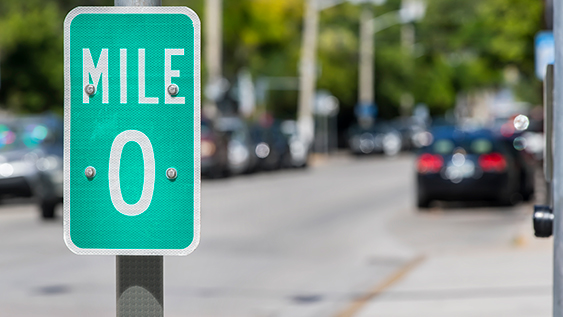
How Does the Amazon Effect Impact White Glove Delivery?
By Louis Black
Vice President of National Accounts
Technical Transportation, Inc
From the comfort of your couch or the confines of your office, you can quickly summon Amazon’s website and order any number of items that can be shipped to your doorstep within a day or two — or even same-day if you subscribe to AmazonPrime or AmazonFresh — with the perception of little to no added cost.
And while this has been a great convenience to consumers, it has also been a major disruptor in the retail and supply chain industries. Dubbed the Amazon Effect, it has reset consumer expectations on how quickly items should be received and at what cost (i.e. I want it now, I ordered it now, I am going to receive it now, and shipping is “free”).
Amazon has created a formidable system that helps the retail giant meet these expectations — at least when it comes to small package delivery. They have built and are using their own strategic inventory, warehousing and unique outside-the-box delivery system (that combines their own personnel with the U.S. Postal Service) to deliver packages in a timely and cost-efficient manner. Today, they’re exploring how to integrate services such as Uber, and even drones, into their delivery network.
Can It Translate to Equipment That Requires White Glove Care?
Unlike small package delivery, though, you can’t have a drone land on someone’s front porch with a washer and dryer. And you can’t toss an ATM or ultrasound machine onto a business’s front step, while just using a single driver who hops back into his or her minivan and whisks off to the next delivery.
So the question is, how far across the supply chain can the Amazon Effect reach? Does it translate to white glove delivery of specialized and complex equipment? In short: the answer is no.
We certainly believe that the expectations brought about by the Amazon Effect will, and in some ways already have, trickled down from the consumer realm to the business logistics space (we’re all consumers after all, right?).
The reality, however, is that white glove delivery involves more layers, components and training, versus small package residential delivery. Thus, it will likely remain relatively slower because of those added complexities — and for the items in question, that’s a good thing.
For example, the field of medical devices includes a lot of heavyweight, sensitive and expensive equipment such as blood analyzers, ultrasound instruments, anesthesia towers, surgical towers and eye lasers, each requiring layers of care and expertise that are well beyond the scope of your typical consumer delivery.
Each specific model of each type of medical instrument has its own unique delivery, unpacking and setup requirements. Many of these procedures require certification and training of the delivery crew. And many of these procedures also have to be FDA and ISO compliant. White glove delivery also accounts for size and weight of an object, as well as special issues such as coolants and freezing constraints.
That said, the bar continues to rise in the logistics industry and providers are being asked to include more and more services in their scopes of work — and companies like TechTrans are continually rising to meet the challenge.
Do you face a logistics issue and need advice, help or simply have a question? Click here to reach out to us today, and we’ll get rolling!


